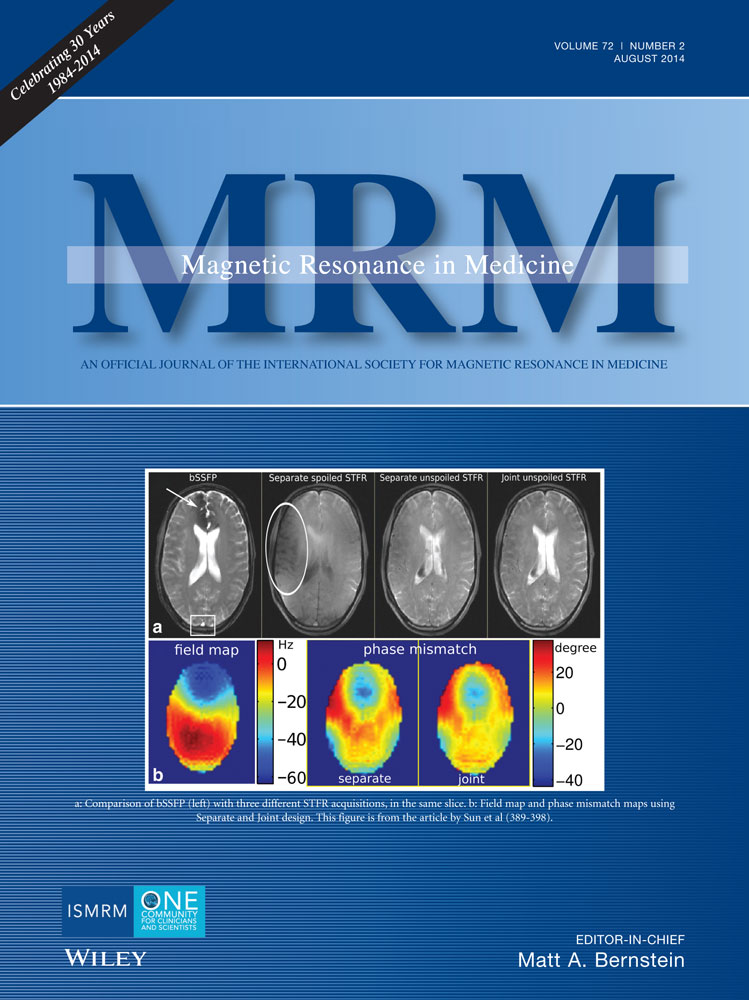Avian egg latebra as brain tissue water diffusion model
Abstract
Purpose
Simplified models of non-monoexponential diffusion signal decay are of great interest to study the basic constituents of complex diffusion behavior in tissues. The latebra, a unique structure uniformly present in the yolk of avian eggs, exhibits a non-monoexponential diffusion signal decay. This model is more complex than simple phantoms based on differences between water and lipid diffusion, but is also devoid of microscopic structures with preferential orientation or perfusion effects.
Methods
Diffusion scans with multiple b-values were performed on a clinical 3 Tesla system in raw and boiled chicken eggs equilibrated to room temperature. Diffusion encoding was applied over the ranges 5–5,000 and 5–50,000 s/mm2. A low read-out bandwidth and chemical shift was used for reliable lipid/water separation. Signal decays were fitted with exponential functions.
Results
The latebra, when measured over the 5–5,000 s/mm2 range, exhibited independent of preparation clearly biexponential diffusion, with diffusion parameters similar to those typically observed in in vivo human brain. For the range 5–50,000 s/mm2, there was evidence of a small third, very slow diffusing water component.
Conclusion
The latebra of the avian egg contains membrane structures, which may explain a deviation from a simple monoexponential diffusion signal decay, which is remarkably similar to the deviation observed in brain tissue. Magn Reson Med 72:501–509, 2014. © 2013 Wiley Periodicals, Inc.




